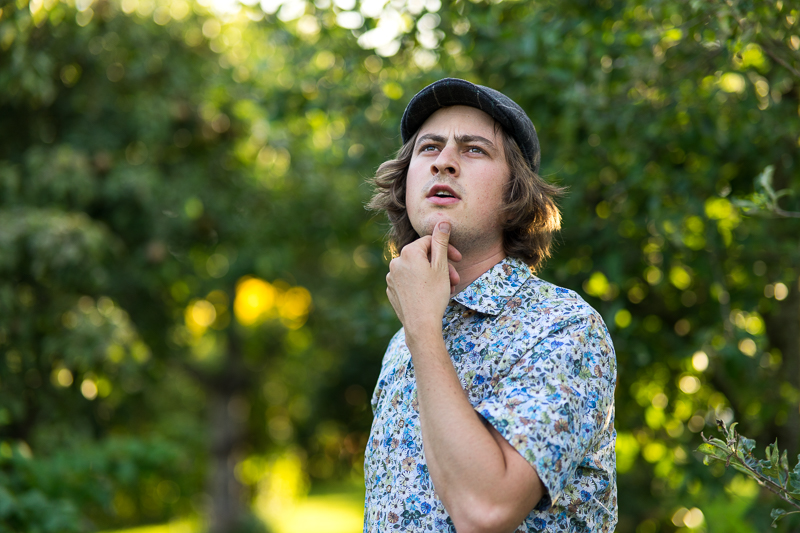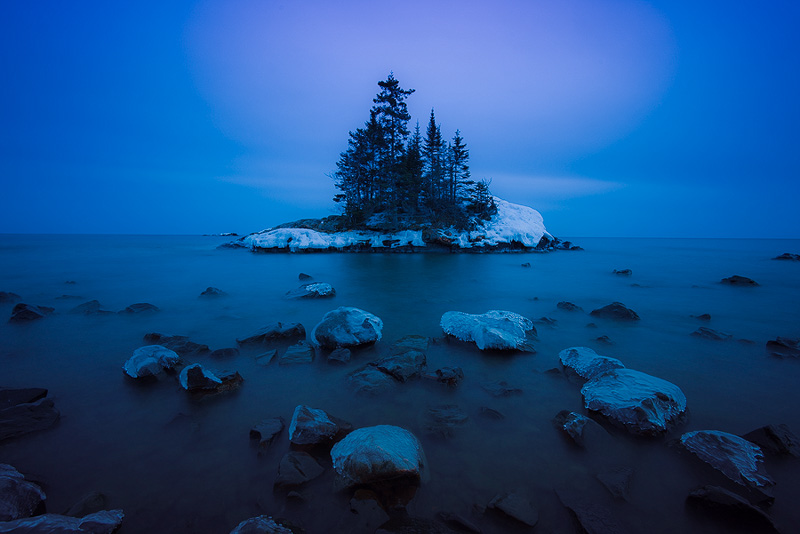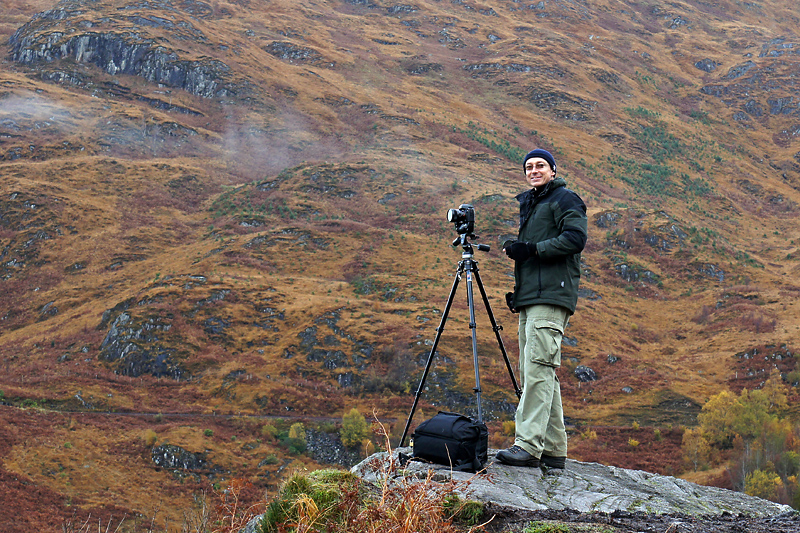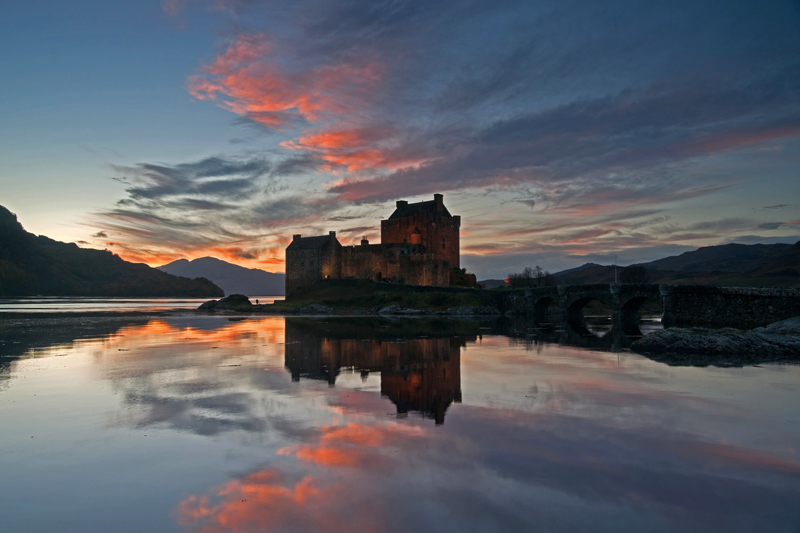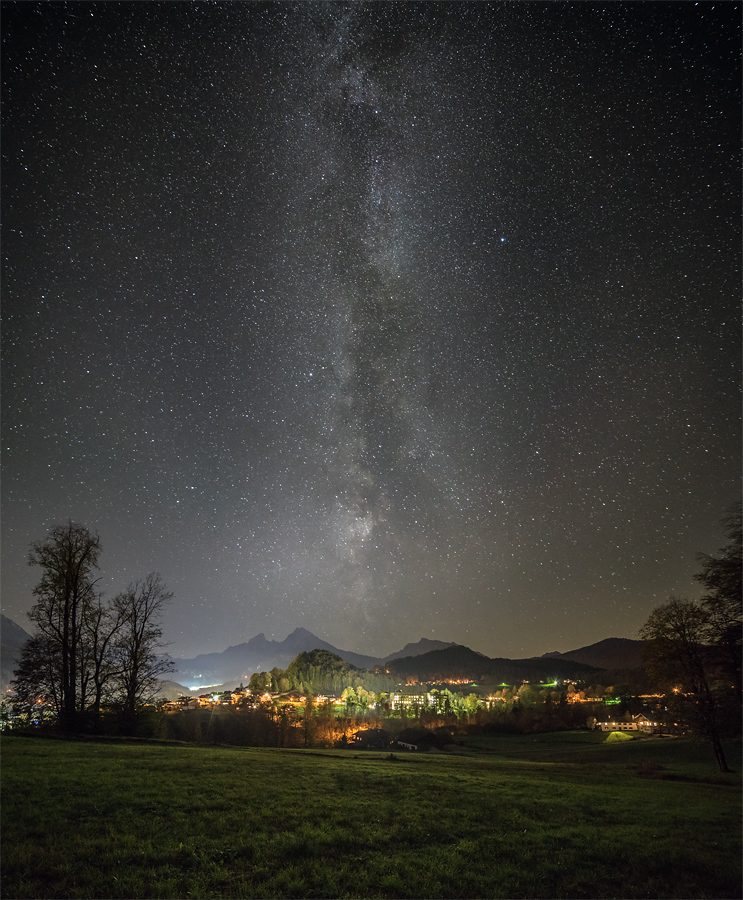
Introduction
Martin recently reviewed Lomo’s replica of a Petzval lens. I commented, perhaps slightly snidely, that vintage Petzval lenses are still around, often for less money, and often with better centre sharpness – and certainly with a vast choice of models and thus rendition nuances.
Martin suggested I share my knowledge in an article. And like an inverse Spice Girl, one became two. This one seeks to introduce you to the weird magic of Petzval lenses and their widespread availability from old cinema film projectors. The next will look at adapting them, and indeed any old projection lens, to a modern-day camera.
So here we go, I guess.
All pictures were taken on full-frame evils: a Sony a7r2 and an a7cr. Some were cropped; all were adjusted for proper blacks and whites according to ancient darkroom principles. None had additional sharpening or aberration correction applied.
Sample Images
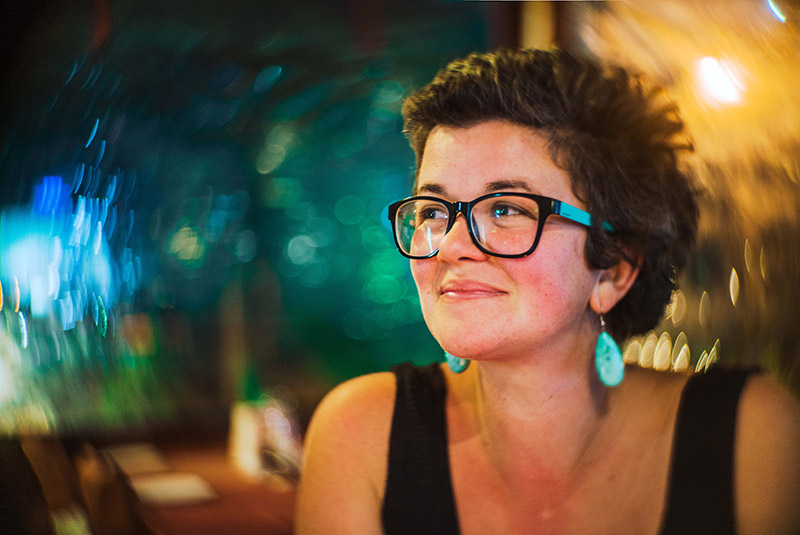

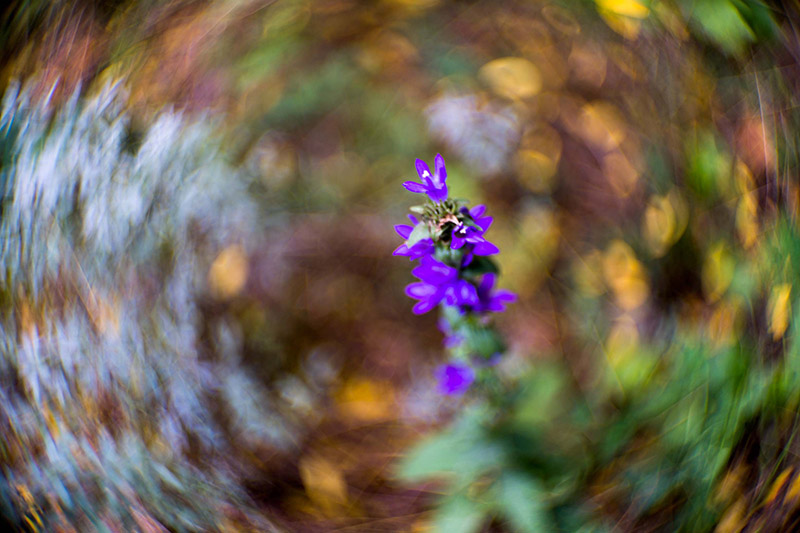
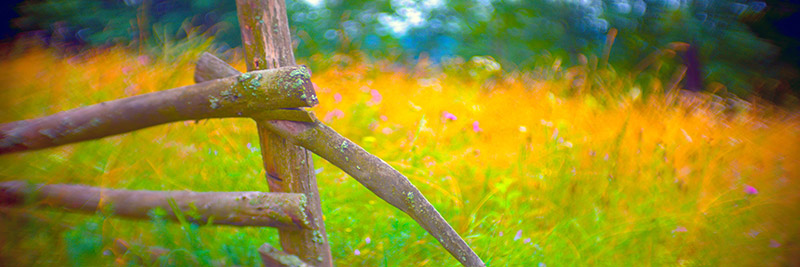

Continue reading Projector Lenses – Reviving the Joy of Old Petzval Lenses (Guest Article)
